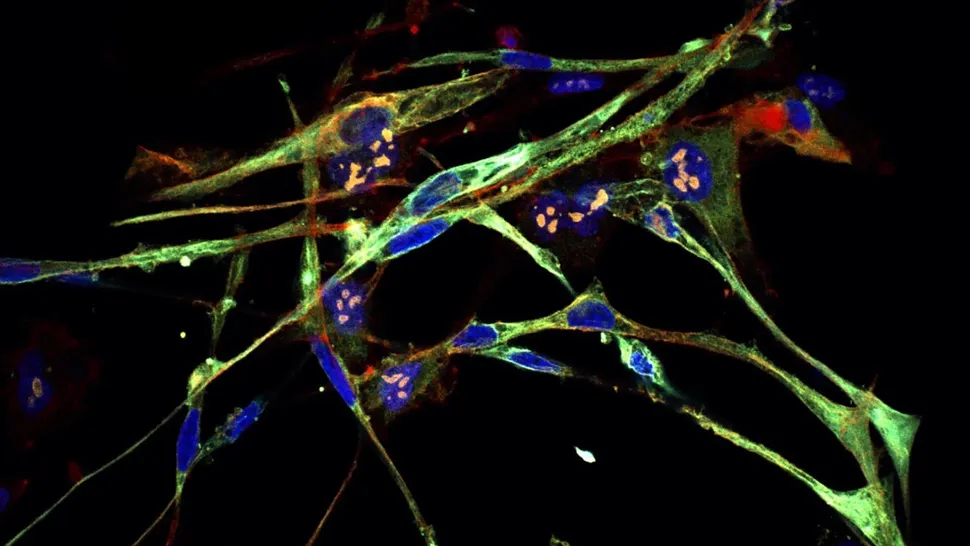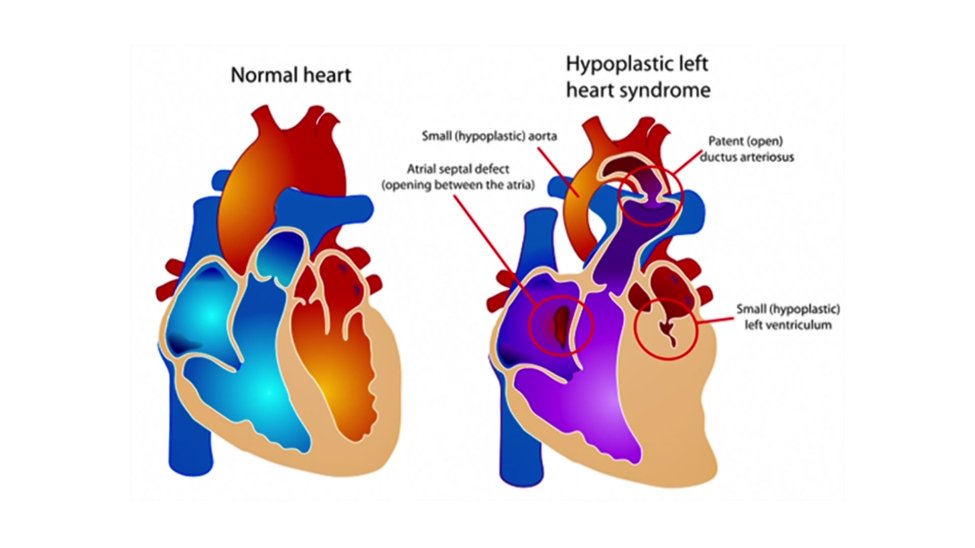By Paul McClure – New Atlas
Researchers at the University of Cambridge have developed a new type of neural implant that combines stem cells with electronics and has the potential to help amputees or those who’ve lost the use of their limbs.
Developments in implantable neurotechnology and cell therapy offer potentially effective treatments for those with injuries to the peripheral nervous system, that is, the nerves that lie outside the brain and spinal cord. Both try to restore function to paralyzed or amputated limbs by either bypassing the site of injury to interact with existing nerve cells or by replacing damaged cells with new ones.
However, there are drawbacks. Insofar as the replacement of damaged cells is concerned, transplanted neurons can struggle to establish functional connections. And electrodes can’t work effectively without healthy working cells to interface with, commonly due to scar tissue that has built up at an injury site. Moreover, current neurotechnologies lack the ability to interface with different types of neurons responsible for performing different functions.




